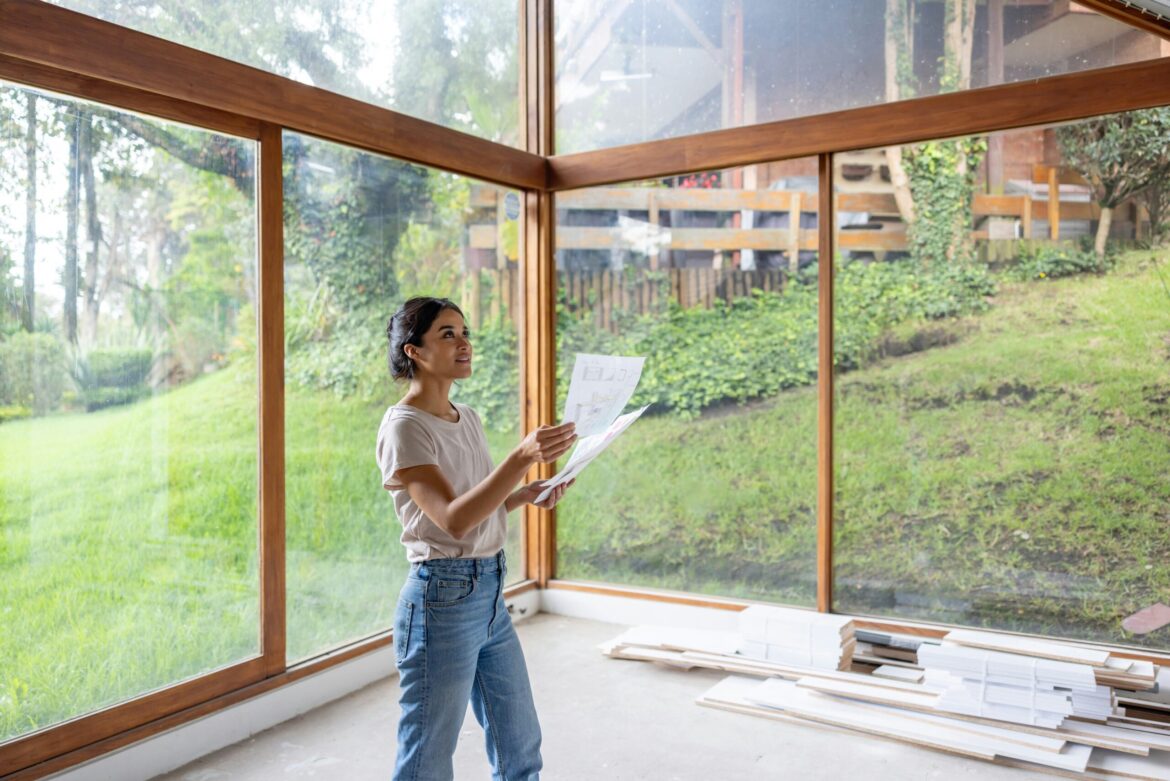March 1, 2025 – As the spring season begins, a growing trend among U.S. homeowners is making waves across the country: a significant shift towards sustainable, eco-friendly home renovations. With increasing concerns about climate change, rising energy costs, and a growing commitment to reducing environmental footprints, more Americans are choosing to invest in green home improvements that not only enhance the value of their properties but also contribute to long-term sustainability.
According to recent surveys, nearly 40% of U.S. homeowners are now prioritizing environmentally-friendly upgrades in 2025, reflecting a clear departure from traditional renovation practices. This trend includes everything from installing energy-efficient appliances and solar panels to opting for sustainable building materials, water-saving technologies, and eco-conscious landscaping solutions.
“The demand for sustainable home renovations is surging, and it’s not just a passing trend,” said Rachel Adams, a sustainability consultant based in California. “Homeowners are becoming more mindful of the long-term environmental and financial benefits that green upgrades bring. In 2025, people are more aware of their impact on the planet and are making choices that align with their values.”
The popularity of eco-friendly home renovations is being driven by several factors. The increasing cost of traditional energy sources and the desire to reduce utility bills is motivating homeowners to make energy-efficient upgrades. Solar panels, energy-efficient windows, and smart thermostats are among the most sought-after renovations in 2025, with many homeowners seeing these upgrades as a way to reduce their carbon footprint while cutting down on monthly expenses.
One of the most notable changes is the rise of solar energy adoption. With federal and state incentives, coupled with falling installation costs, solar power has become more accessible to homeowners across the country. In states like California, New York, and Texas, solar panel installations have surged, as residents take advantage of tax credits and rebates designed to make green energy more affordable.
In addition to energy efficiency, many homeowners are opting for sustainable building materials that have less environmental impact. Bamboo flooring, recycled wood, and non-toxic paints are replacing traditional options that may contain harmful chemicals or require excessive resources to produce. Additionally, more homeowners are choosing to repurpose existing materials, such as salvaged wood and vintage fixtures, in their renovations to reduce waste and give their homes a unique, eco-conscious touch.
Water conservation is also a major concern, particularly in areas facing drought conditions. Low-flow faucets, water-efficient toilets, and rainwater harvesting systems are becoming increasingly popular as homeowners look for ways to conserve this vital resource. In regions like the Southwest, these upgrades are seen as necessary steps toward sustainability and resilience in the face of water scarcity.
Landscaping is another area where sustainability is gaining traction. Native plants, which require less water and maintenance, are becoming a common choice for gardeners. Homeowners are also embracing xeriscaping, a landscaping style that focuses on reducing water use while still creating visually appealing outdoor spaces. This movement is not only good for the environment but also reduces the time and money spent on maintaining yards.
As this trend gains momentum, it’s clear that homebuyers are also considering sustainability when choosing a new home. Real estate agents report that homes with energy-efficient features, green certifications, and sustainable upgrades are increasingly in demand. In fact, homes that are LEED-certified or have a higher energy efficiency rating are often seen as more valuable, and in some cases, can command higher prices on the market.
However, while eco-friendly renovations are gaining popularity, the cost of going green can still be a barrier for many homeowners. While energy-efficient upgrades and solar panels can pay off in the long term through lower utility bills, the initial investment can be substantial. To address this, some states are offering financing programs and low-interest loans to help homeowners afford green renovations.
The shift toward eco-friendly home improvements is also having a broader impact on the construction and design industries. Architects, builders, and interior designers are increasingly incorporating sustainable practices into their work, with many offering green building certifications and recommending energy-efficient materials and designs. The rise of sustainable homes is not just about reducing environmental impact but also about creating healthier, more comfortable living environments.
In 2025, it’s clear that sustainability is no longer a niche interest—it has become a mainstream movement in homeownership. As Americans continue to embrace eco-friendly renovations, the long-term benefits for both homeowners and the planet are undeniable. With a commitment to reducing energy consumption, conserving natural resources, and creating healthier living spaces, the future of home renovations is undoubtedly green, making sustainability a central focus of American homeownership in the years ahead.


